
Xplor reconnects kids to nature and helps them find adventure in their own backyard. Free to residents of Missouri.
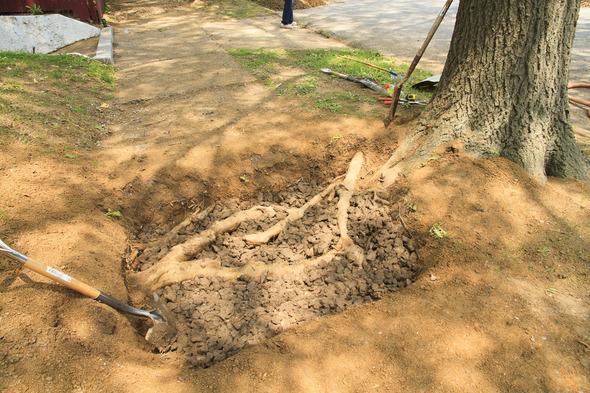
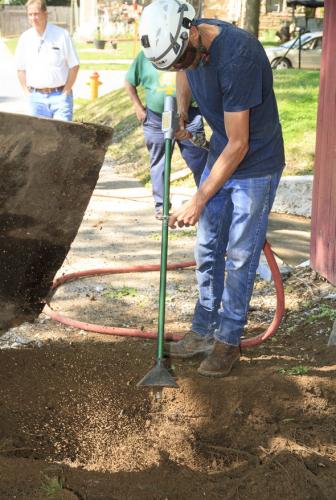
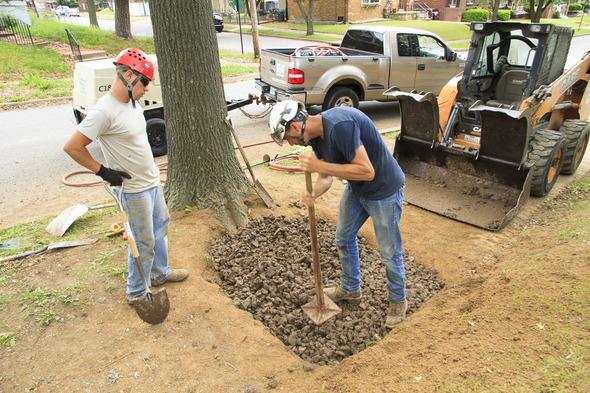
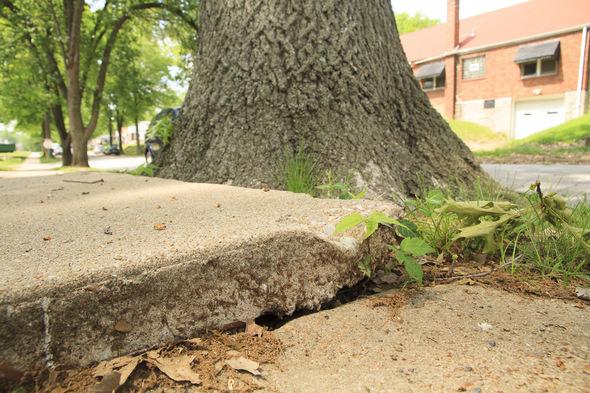
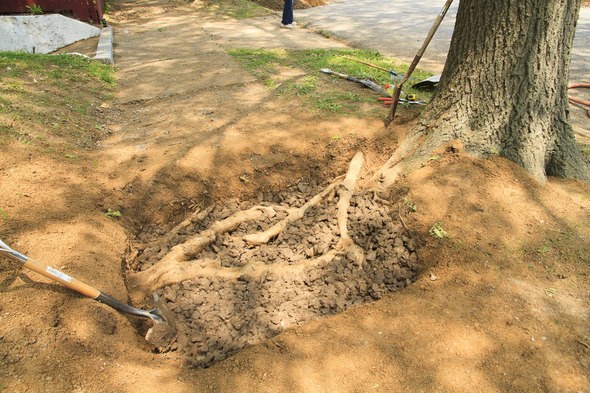
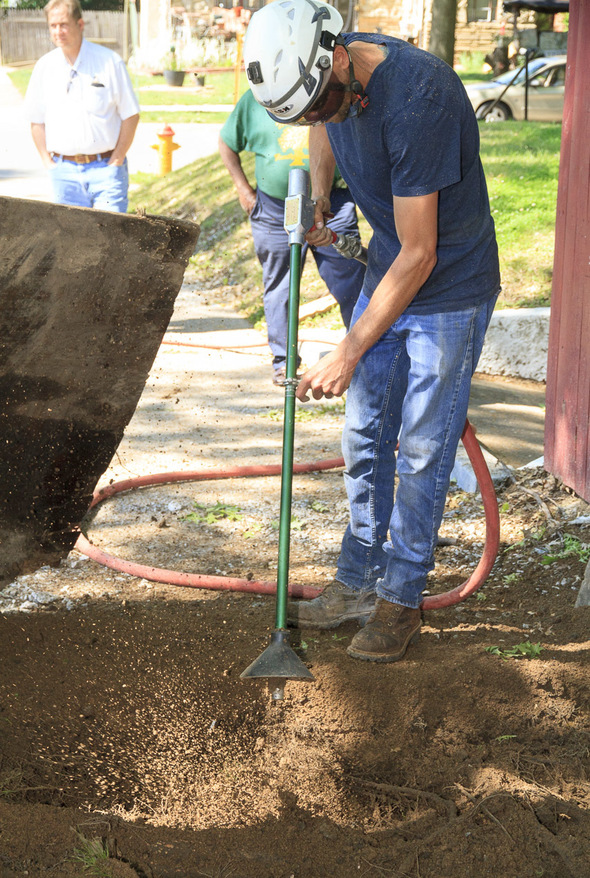
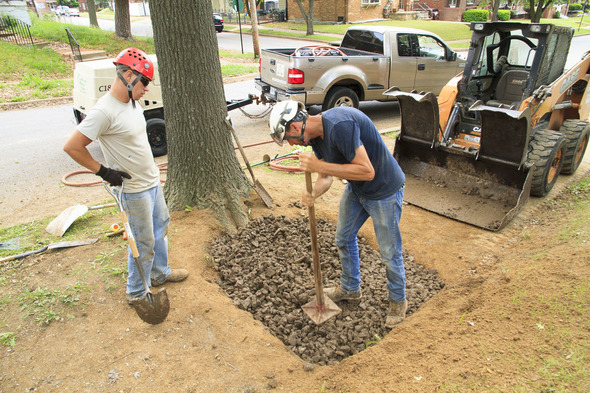
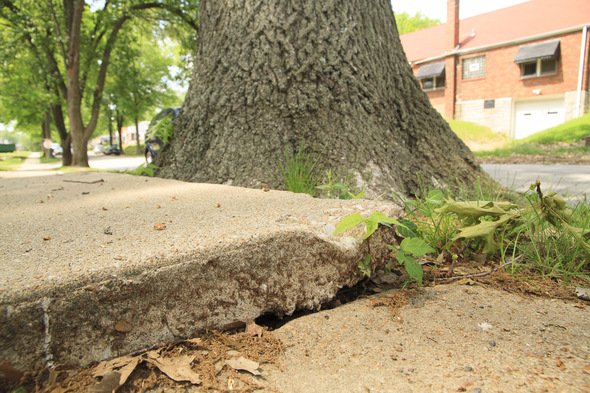
VELDA VILLAGE HILLS, Mo.—Trees provide innumerable benefits for neighborhoods. They increase property values, provide shade, and beautify their surroundings. But sometimes they can cause problems, especially when their expanding roots come into conflict with adjoining sidewalks. The results can be heaved up concrete, broken sidewalks, and costly pavement replacement—or even tree removal.
But what if there was a way to protect the sidewalk, preserve the tree and its benefits, and save money, too? The City of Velda Village Hills in cooperation with the Missouri Department of Conservation (MDC) has found an answer.
Enter structural soil.
The dense, clay soils typically found in the St. Louis area resist a tree’s effort to grow its roots outward. As these roots attempt to grow, they displace the clay soil and uplift adjacent sidewalks
Structural soil is a unique substance developed by Cornell University and contains a rigid stone load-bearing paving base, mixed with un-compacted soil. This forms a lattice that allows tree roots to grow outward without buckling the sidewalk.
“Structural soil has both water and nutrient holding capacity, and structural integrity for the hard surface on the top,” explained Doug Seely, Community Forester for Beyond Housing and the 24:1 Initiative.
Velda Village Hills is a member of the 24:1 Initiative. The initiative was formed by the non-profit organization Beyond Housing to serve the 24 communities of the Normandy School District of North St. Louis County. Seely’s position was created with funding from MDC in a cooperative agreement between MDC and Beyond Housing.
“This cooperative agreement is a groundbreaking opportunity for all parties involved,” said MDC Community Forester Danny Moncheski. “We saw the wonderful things going on with Beyond Housing and the 24:1 Initiative. A partnership to layer in trees and conservation seemed like a natural fit.”
In the past, tree/sidewalk issues like these were dealt with by simply slicing off all the roots on the sidewalk side and replacing the pavement. Not only can this make the tree unstable and at greater risk of blow over, when its roots grew back another costly sidewalk repair is inevitable.
Seely said structural soil adds gaps and spaces with loose rock that roots can grow through without heaving up the sidewalk.
But there is a trick to the whole process. After the damaged pavement is removed, the existing compacted soil must be evacuated so it can be replaced with the root-friendly structural soil—all without harming the roots themselves.
For this task conventional shovels are out and the air spade is in. The pneumatically-powered device resembles a funnel at the end of a pole and uses high pressure air focused to a point. The force of the concentrated air blows the soil out away from the roots without damaging them.
The removal procedure takes several hours to excavate the 24-inches of depth required for the structural soil to be effective. Periods of work with the air spade alternate with hand clipping of the smaller, fibrous roots until the needed depth is achieved.
Once this is done the structural soil, which resembles two- to three-inch stones covered in mud, is first hand shoveled into the hole and packed in between the roots. Once a protective layer has covered the roots, the remaining structural soil can be carefully added with a skid steer and hand shoveling.
“By going in and changing the structure of the soil, we can increase the longevity of that piece of concrete,” Seely pointed out.
According to Moncheski, installing structural soil is less expensive than tree removal or recurring sidewalk repairs, while preserving all the benefits of the tree.
“This tree in particular intercepts 2,000-3,000 gallons of storm water per year and saves an estimated $150 annually in heating and cooling costs for the home located near it,” Moncheski said.
As a forester, Seely is very excited about projects like this one in Velda Village Hills.
“These communities are so interested in doing the right thing in trying to save the trees,” he said.
Moncheski agreed. “The level of involvement by the communities is off the charts! Seeing citizens and community leaders take action is very exciting.”
For more information on tree care, go to https://mdc.mo.gov/trees-plants/tree-care.